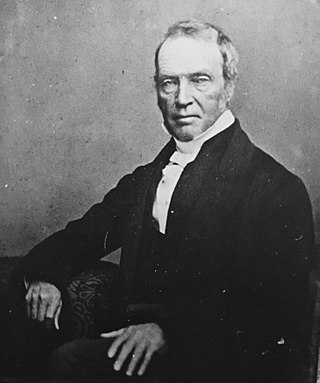Related Research Articles
In law, especially English and American common law, quo warranto is a prerogative writ requiring the person to whom it is directed to show what authority they have for exercising some right, power, or franchise they claim to hold. Quo warranto is also used, with slightly different effect, in the Philippines.
Sir Thomas Billing was an English judge and Chief Justice of the King's Bench.
Sir John Markham was an English judge and Chief Justice of the King's Bench.
Sir Robert Catlyn was an English judge and Chief Justice of the Queen's Bench. He should not be confused with his cousin Richard Catlyn, a politician, who died in 1556.

John Kelynge KS (1607–1671) was an English judge and politician who sat in the House of Commons from 1661 to 1663. He became Chief Justice of the King's Bench.
John Williams was a Welsh lawyer and writer on legal topics.

Sir George Treby JP (1643–1700), of Plympton, Devon, and of Fleet Street in the City of London, was Lord Chief Justice of the Common Pleas and six times Member of Parliament for the Rotten Borough of Plympton Erle, Devon, largely controlled by him and his descendants until abolished by the Great Reform Act of 1832.

Sir Thomas Jones KS was an English judge and politician who sat in the House of Commons from 1660 to 1676.

Sir Robert Atkyns (1620–1710) was an English Lord Chief Baron of the Exchequer, Member of parliament, and Speaker of the House of Lords.
Henry Cornish was a London alderman, executed in the reign of James II of England.

Sir Francis Bacon (1587–1657) was an English judge.
This is a list of lawyers who held the rank of serjeant-at-law at the Bar of Ireland.

Richard Wilson Greene PC, KC (1791–1861) was an Irish barrister and judge.
Sir John Archer (1598–1682) was an English judge.
Baron Sir Thomas Street, MP, KB, JP was an English judge and politician who became a Baron of the Exchequer in 1681. He represented Worcester in the House of Commons between 1659 and 1679. In 1667, he became the Mayor of Worcester, as his father had been before him. In 1677, he became the Chief Justice of Brecknock, Glamorgan and Radnor.

Sir Michael Foster (1689–1763) was an English judge.

Sir Thomas Pilkington was an English merchant, politician and Lord Mayor of London.

Sir Creswell Levinz (1627–1701), judge, was the second son of William Levinz, the elder, of Evenley, Northamptonshire, by Mary, second daughter of Richard Creswell of Purston in the same county. He was the brother of Baptist Levinz and William Levinz, and nephew of the Royalist Robert Levinz.
Sir John Lyndon was an Irish judge and politician of the seventeenth century. He was the first holder of the office of Third Serjeant-at-law, which was created especially for him, apparently as a "consolation prize" for not being made a High Court judge the first time he sought that office.

Mellor v Spateman (1669) 1 Wm. Saund. 339, is an English common law trespass case heard in the Court of King's Bench where it was held that a corporation may prescribe to have a common of pasture. In relation to cattle levant and couchant within the town, a corporation may prescribe for common in gross, but not for common in gross without number.
References
- . Dictionary of National Biography . London: Smith, Elder & Co. 1885–1900.